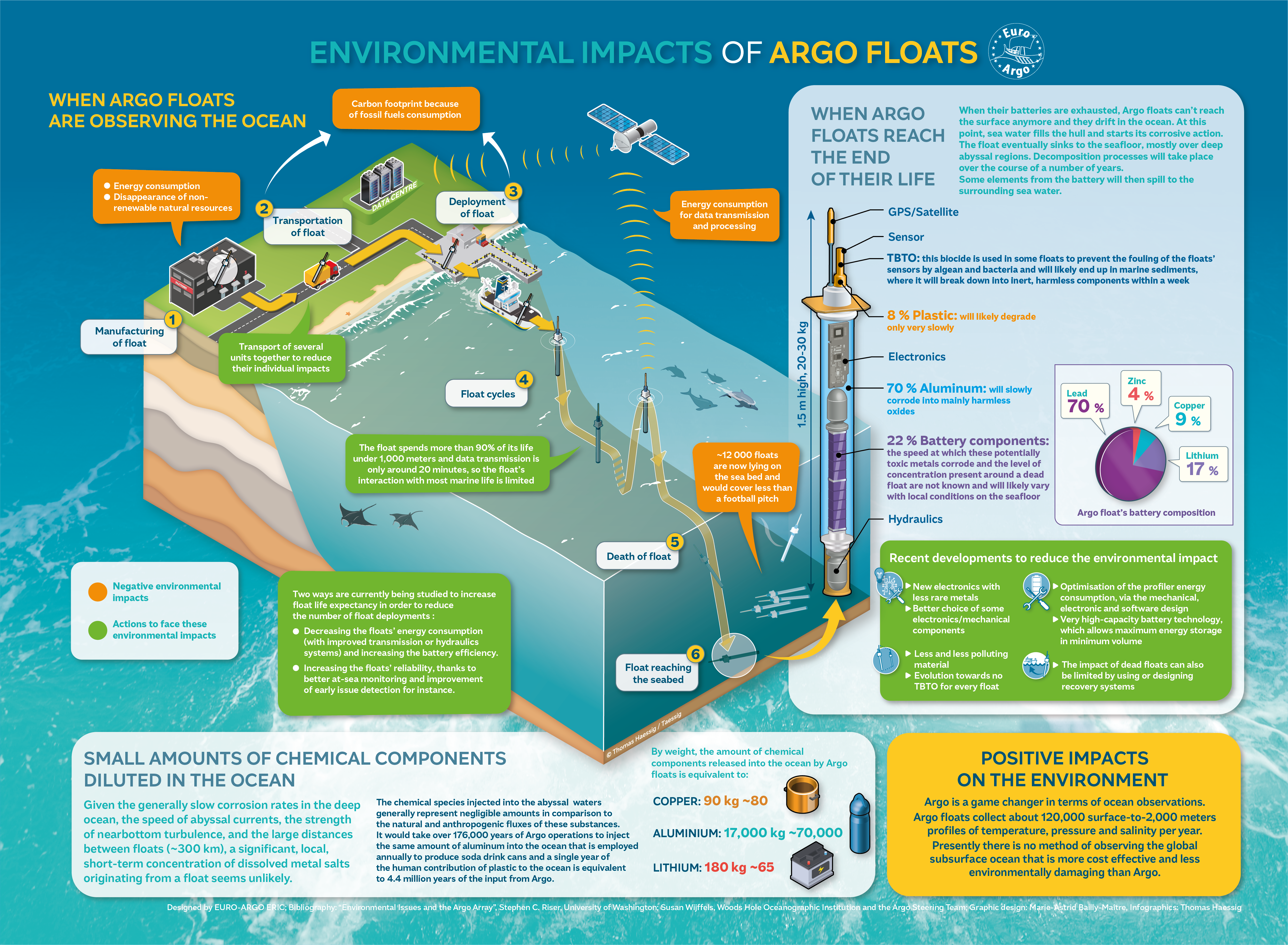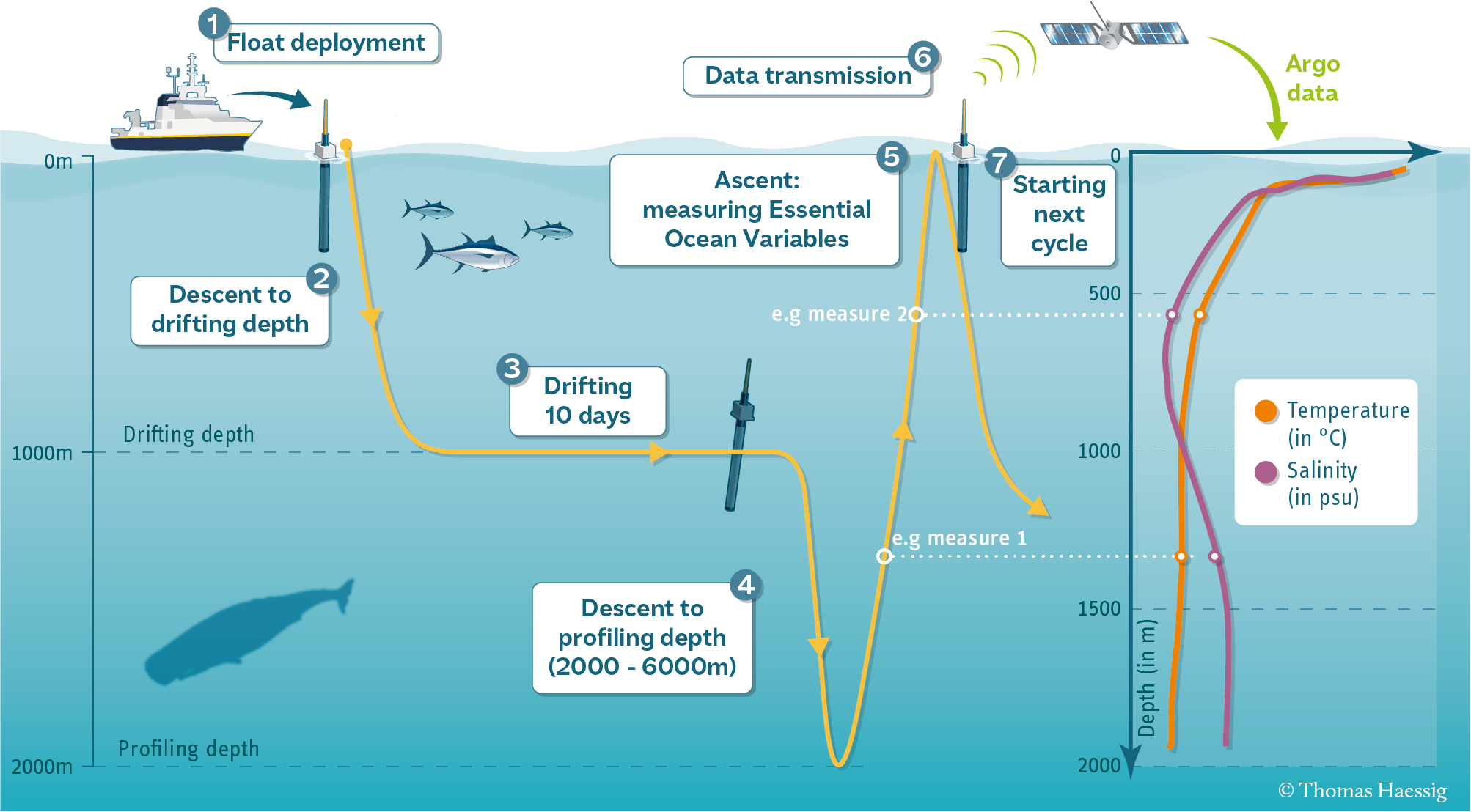Describe Two Tools Scientists Use to Collect Data About Oceans.
As scientists have developed ways to make inferences from satellite data about the state of the ocean at depth they can now use satellites to make a wide range of observations. Scientist use this tool to make things look bigger.
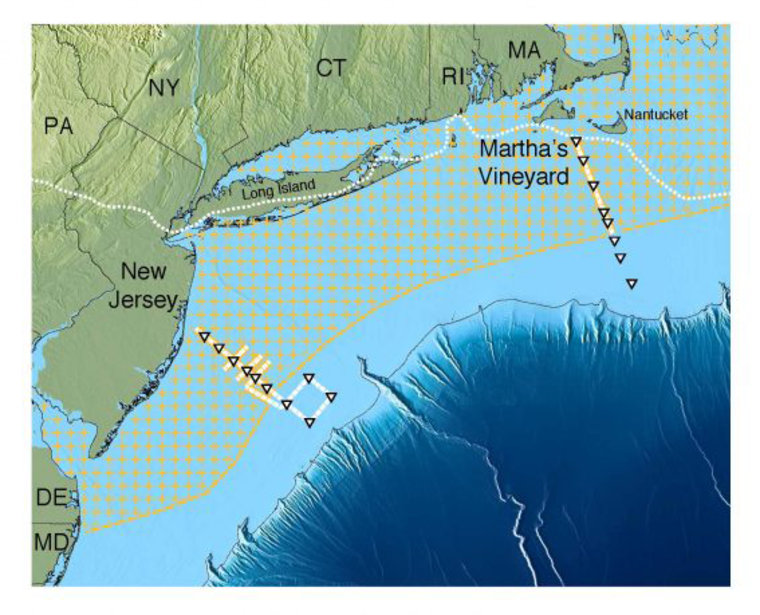
A Vast Water Reservoir Has Been Discovered Deep Beneath The Atlantic Ocean
Equipment that collects information about Earth from outer space.

. Up to 24 cash back Todays technology lets scientists to study the ocean in a quicker and precise way. The era of formal oceanographic studies began with the HMS. One net can be used to collect ocean life such as plants and animals.
Each float spends most of the time 2000 metres below the surface but it emerges every ten days to transmit data to satellites. One of the basic tools used to study the ocean is nets. As the OMG crew and scientists collect data around 27000 miles over 43000 kilometers of Greenland coastline over that five-year period each year scientists will analyze the data to see how much the oceans warmed or cooled and how the ice changed in response.
Information gathered by satellites can tell us about ocean bathymetry sea surface temperature ocean color coral reefs and sea and lake ice. Determine latitude and longitude for locations. Instruments can be moored in the ocean for months or years to collect samples or data.
Locate OOI arrays on a world map by latitudelongitude and ocean basin name. As technology advanced our scientists began to use more efficient equipment to collect and use additional data. Is scraped along the ocean floor to collect seafloor creatures such as oysters clams sea cucumbers.
When scientists focus on climate from before the past 100-150 years they use records from physical chemical and biological materials preserved within the geologic record. Scientists use tools such as the increment borer featured here to obtain tree-ring samples. Drifting sediment traps are used to study surface layer sedimentation and such instruments as an acoustic backscattering device for collecting long-term data on plankton distribution are mounted on drifting buoys.
If it is small enough it can be used to gather material from the surface or if a scientist would need several nets at the same time there are frames that can manipulate them while laboratories on the ship can study information that they gather. An electron microscope is a powerful tool that allows researchers to see objects that are too small for light waves to reveal. Sonar is also known as echo sounding.
These can include tracking ocean waves analyzing currents and eddies monitoring changes in sea level or global ocean carbon or determining biological phytoplankton production. Challenger Expedition 1872-1876 the first voyage to comprehensively collect data related to ocean temperatures chemistry currents marine life and seafloor geology. A tool used by scientists - a box that holds things that are hard to hold such as a bug - has a magnifying lid.
Other proxies include ice cores tree rings and sediment cores. Scientists are also using data to get a closer look at the physical characteristics of the ocean. Draw conclusions In one OMG study scientists discovered that many Greenland.
Clues about the past climate are buried in sediments at the bottom of the oceans. The tools used by marine scientists to make observations about oceans and marine organisms are Remote Operated vehicle ROV Automated untethered Vehicle AUVs Global positioning system GPS and Human-occupied vehicle HOV. Scientists must use records with similar levels of temporal detail or account for these disparities to accurately paint a picture of ancient climates.
Argo floats measure the oceans. These technological advances enab. There are three tools used to map the ocean floor sonar satellites and submersibles.
The material that settles to the bottom of a body of water. Oceanography is a relatively young field of science. Recognize several of the common sensors and platforms used to collect oceanographic data.
Sonar is a type of electronic depth-sounding equiptment made in the 1920sIt is an acronym for sound navigation and ranging. It destroys the ocean floor. Reversing Thermometer for Nansen Bottle Bathythermograph BT 2.
To accomplish their work they may use field observations computer models or laboratory and field experiments. With satellite imaging and using data collected from buoys marine biologists are studying the physical and chemical properties of the ocean and how it. Using satellites NOAA researchers closely study the ocean.
Chemical proxy records. Scientists also use data collection systems on satellites to relay signals from transmitters on the ground to researchers in the fieldused in applications such as measuring. Organisms such as diatoms forams and coral can serve as useful climate proxies.
A long net seine or dragnet attached to two poles used in. These small robots constantly gather information about temperature and salinity. A tool that scientist use - has a pan on either side used to measure the amount of matter in in an object - the weight.
Meteorologists at NOAAs National Weather Service have always monitored the conditions of the atmosphere that impact the weather but over time the equipment they use has changed. More than 3500 Argo floats are drifting along in the worlds ocean currents. Taking Measurements of the Marine Environment.
Another example of a laboratory tool is a centrifuge which spins mixtures of materials very quickly in order to. Describe two types of data it can collect and one scientific problem that it could help scientists understand. Describe how the wave glider moves through the ocean and what its creators see as its potential to change ocean research.
A sample taken from the bottom of the ocean or a lake that helps scientists study past climates. A growth ring of a tree. Chemical oceanographers and marine chemists study the composition of seawater its processes and cycles and the chemical interaction of.
Tools of Oceanography Ocean Currents. If you would rather you can watch an AP story on wave gliders on YouTube. TOOLS OF THE OCEANOGRAPHER.
Identify OOI tools used in examples of scientific research.
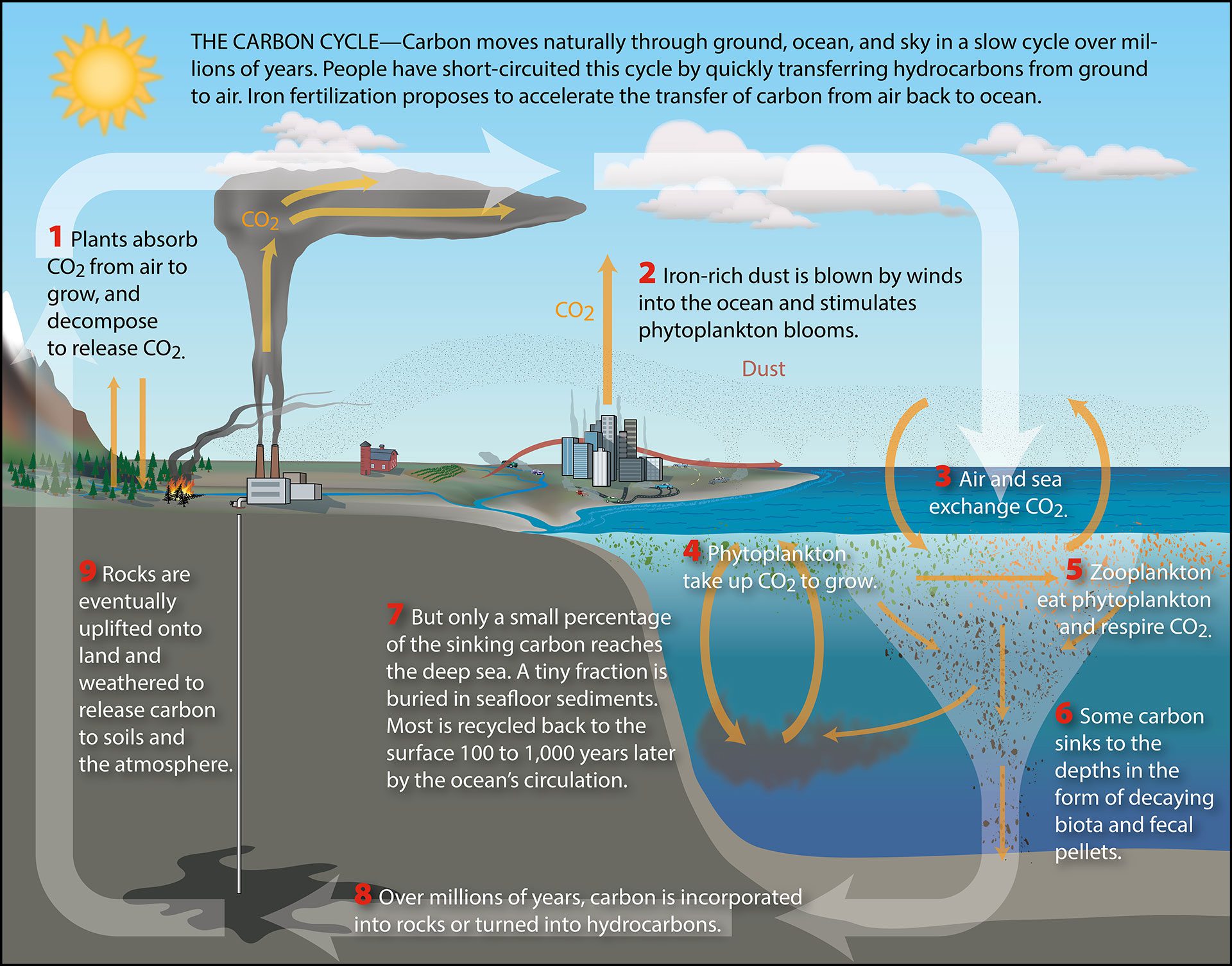
Blue Carbon Woods Hole Oceanographic Institution

Global Ocean Science Report The Current Status Of Ocean Science Around The World

Meet 5 Noaa Buoys That Help Scientists Understand Our Weather Climate And Ocean Health Welcome To Noaa Research

The Riddle And Controversy Of All That Missing Plastic Wired

Scientists Track A Great White Shark Across The Atlantic For The First Time

Manned Submersibles Are Underwater Vehicles That Are Controlled By Human Operators These Allow Scientists To Dive Into Submarines Underwater Crafts Submarine
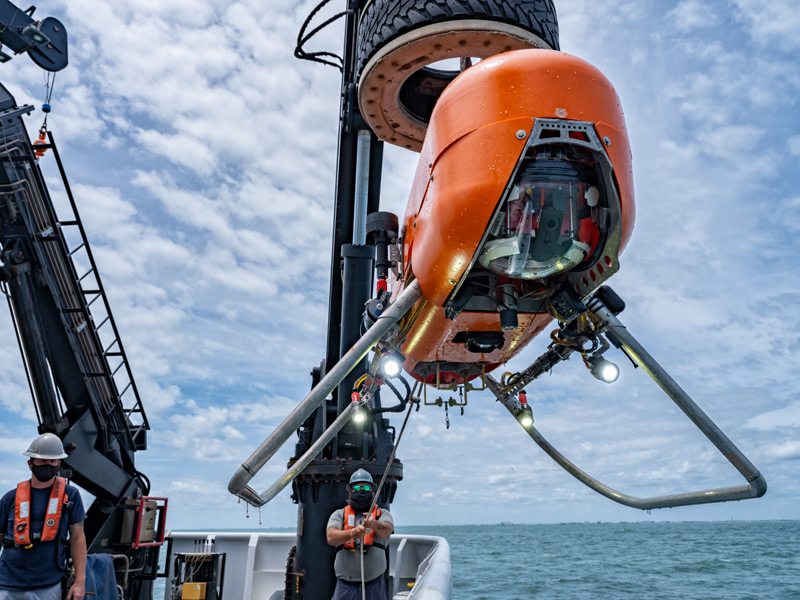
Submersibles Noaa Office Of Ocean Exploration And Research

Ocean Exploration Technology National Geographic Society
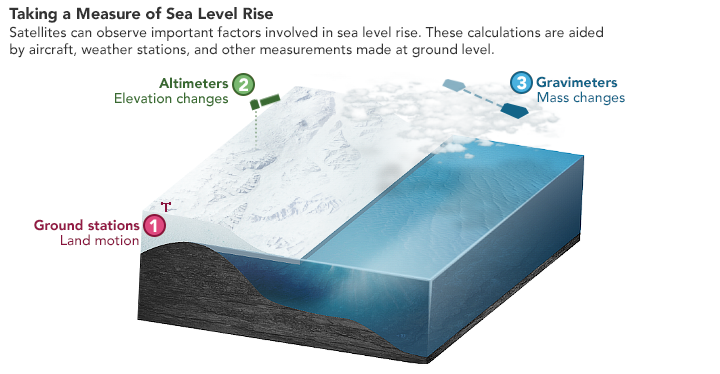
Taking A Measure Of Sea Level Rise Ice Height

Spotting A Supercontinent How Pangea Was Discovered Britannica
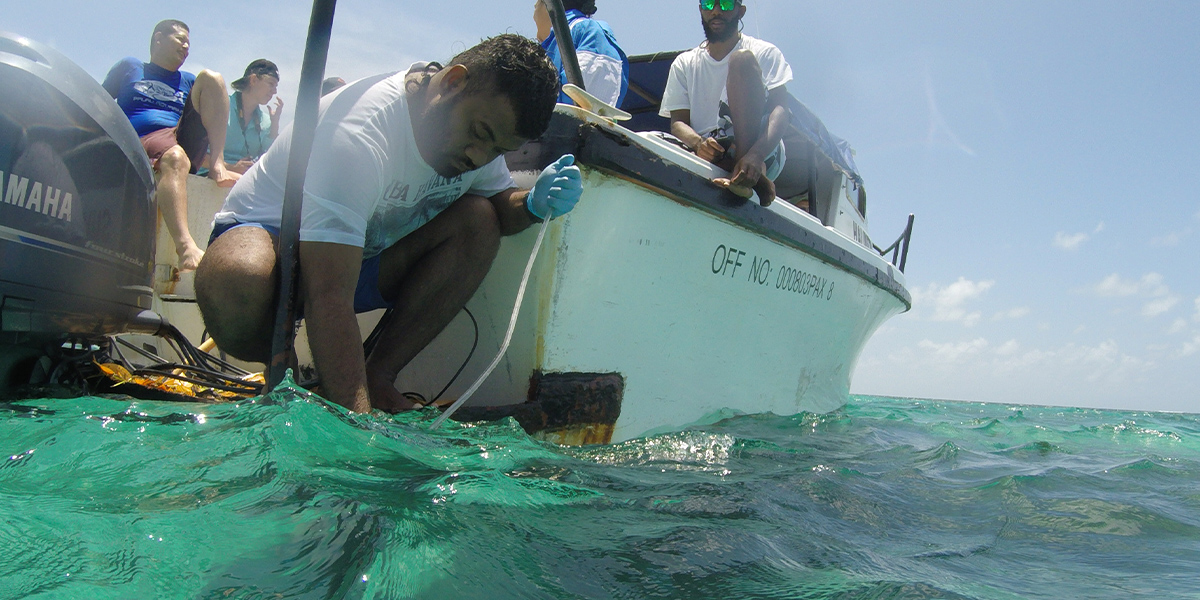
Ocean Acidification The Ocean Foundation

Ocean Cleanup Device Successfully Collects Plastic For First Time Plastics The Guardian
